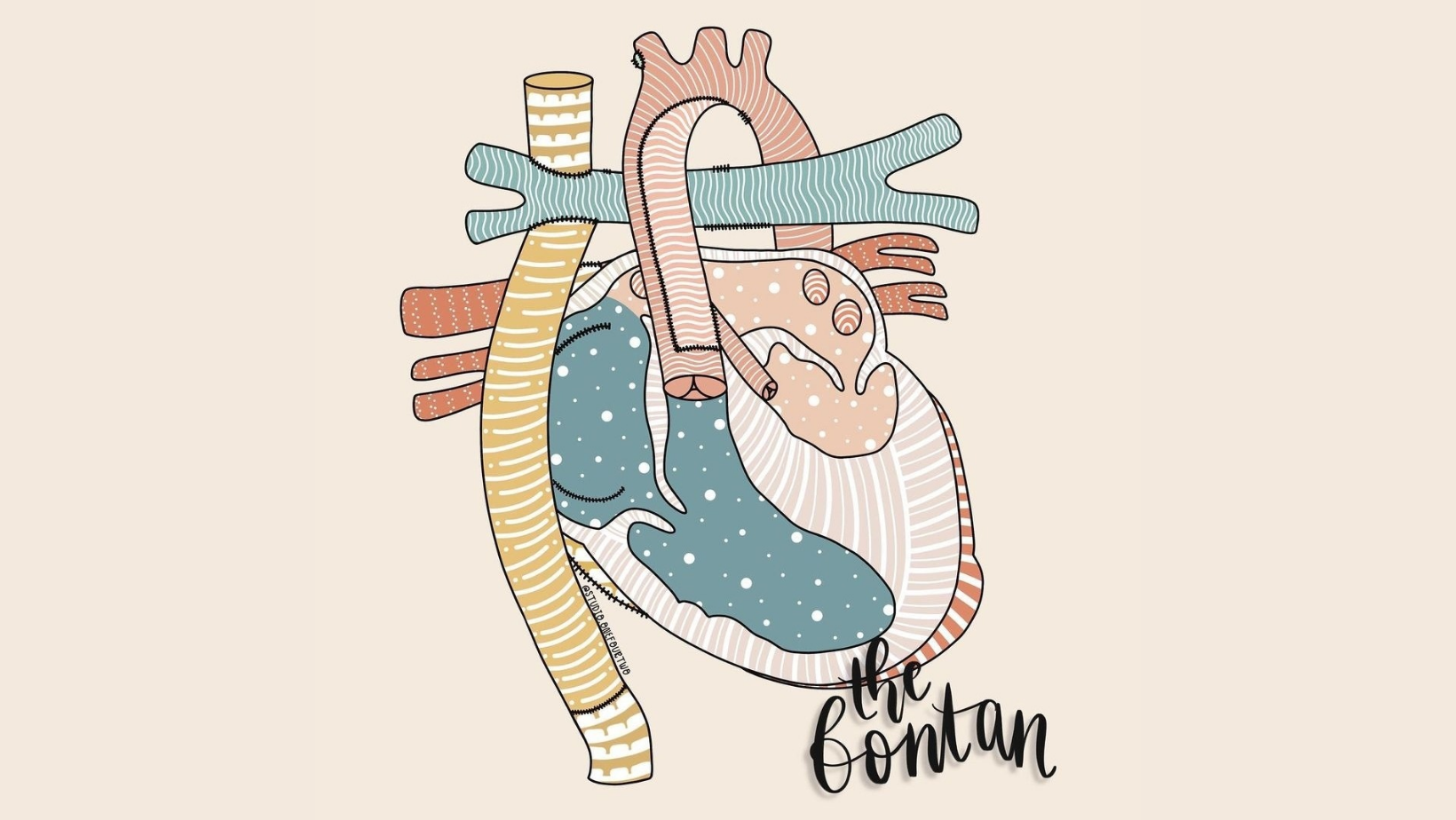Single Ventricle Heart - definition

(taken from Single Ventricle Heart Defects | Children's Hospital of Philadelphia)
The heart typically has four chambers. The upper chambers, called atria, receive blood flowing into the heart. The lower chambers, called ventricles, pump blood out of the heart.
Symptoms vary depending on the severity and type of heart defect, but typically include: blue or purple tint to lips, skin and nails (cyanosis), difficulty breathing, difficulty feeding and lethargy (sleepy or unresponsive).
In most cases, children with single ventricle heart defects require intensive medical intervention soon after birth.
The various types of single ventricle heart defects are very different, and treatment for each must be customized. But they all require a series of open-heart procedures, performed over several years, to reconfigure the heart and circulatory system. This is called “staged reconstruction” and includes three surgeries named Norwood (occurs within several days of birth), Glenn (usually occurs within six months of birth) and Fontan (approximately between 1 1/2 and 3 years of age).